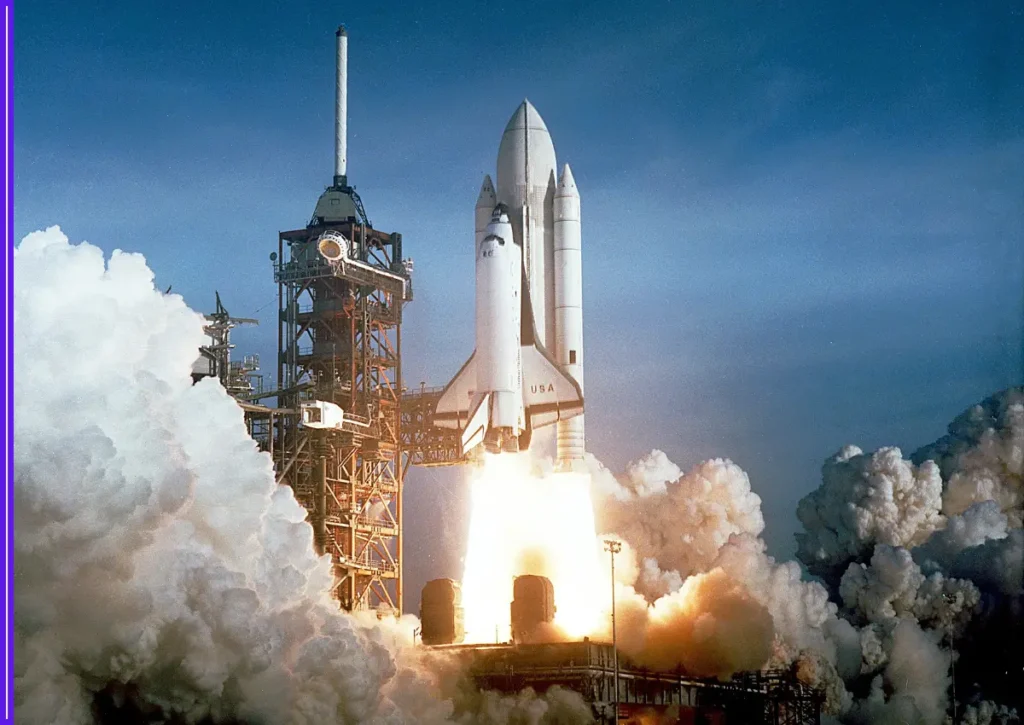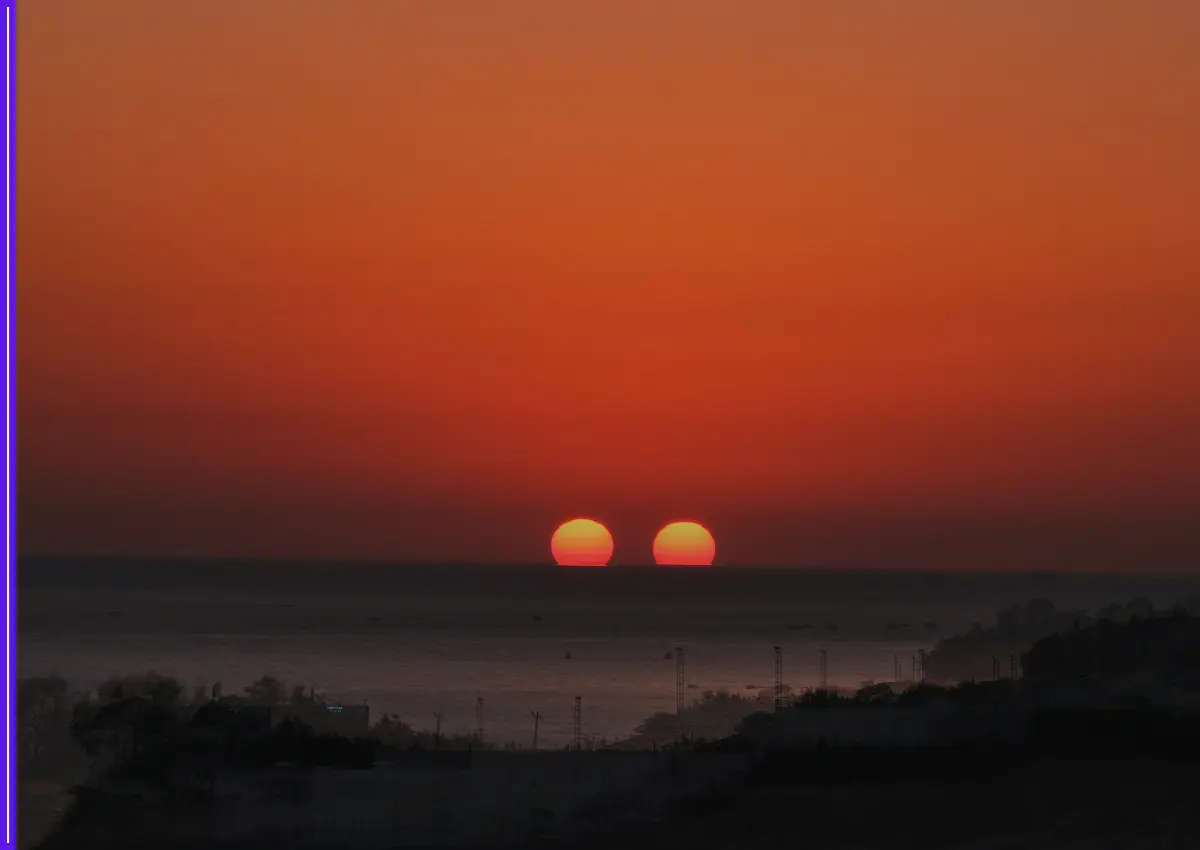June 13, 2025 — NASA is preparing to launch a series of sounding rockets from the Marshall Islands in a mission aimed at unlocking the mysteries behind strange, cloud-like ionospheric formations known as Sporadic-E layers. This new research campaign, named SEED (Sporadic-E ElectroDynamics), is expected to offer unprecedented insights into these fast-forming, high-altitude plasma structures that remain largely misunderstood.

These ionospheric layers, often invisible to the naked eye, are made up of concentrated pockets of ionized metal atoms—mostly iron and magnesium—originating from meteors burning up in Earth’s atmosphere. Although these layers form at altitudes around 100–130 kilometers and last only minutes to hours, their impact on communication and navigation systems can be significant.
“They act like invisible mirrors, bouncing radio signals back in unexpected ways,” said Dr. Aroh Barjatya, the mission’s principal investigator. “This can interfere with GPS accuracy, aircraft communications, and even military radar systems.”
The SEED mission will see multiple rockets launched during a three-week window starting today. Each rocket will carry scientific instruments designed to measure electric fields, ion densities, and wind patterns within and around these Sporadic-E formations.
What makes this campaign unique is its equatorial focus. Launches from the Kwajalein Atoll—located near the Earth’s magnetic equator—will help scientists understand how these layers behave in this less-studied region, where ionospheric dynamics differ from higher latitudes.
The mission comes at a time when space weather and upper atmospheric disturbances are gaining attention for their potential to disrupt critical infrastructure. By studying the life cycle of Sporadic-E layers, NASA aims to improve forecasting models and help reduce risks to global communication systems.
The data from the SEED campaign will also contribute to ongoing research into Earth’s upper atmosphere, a region that plays a crucial role in satellite operations and long-range radio communication but remains one of the least understood parts of our planet’s environment.









